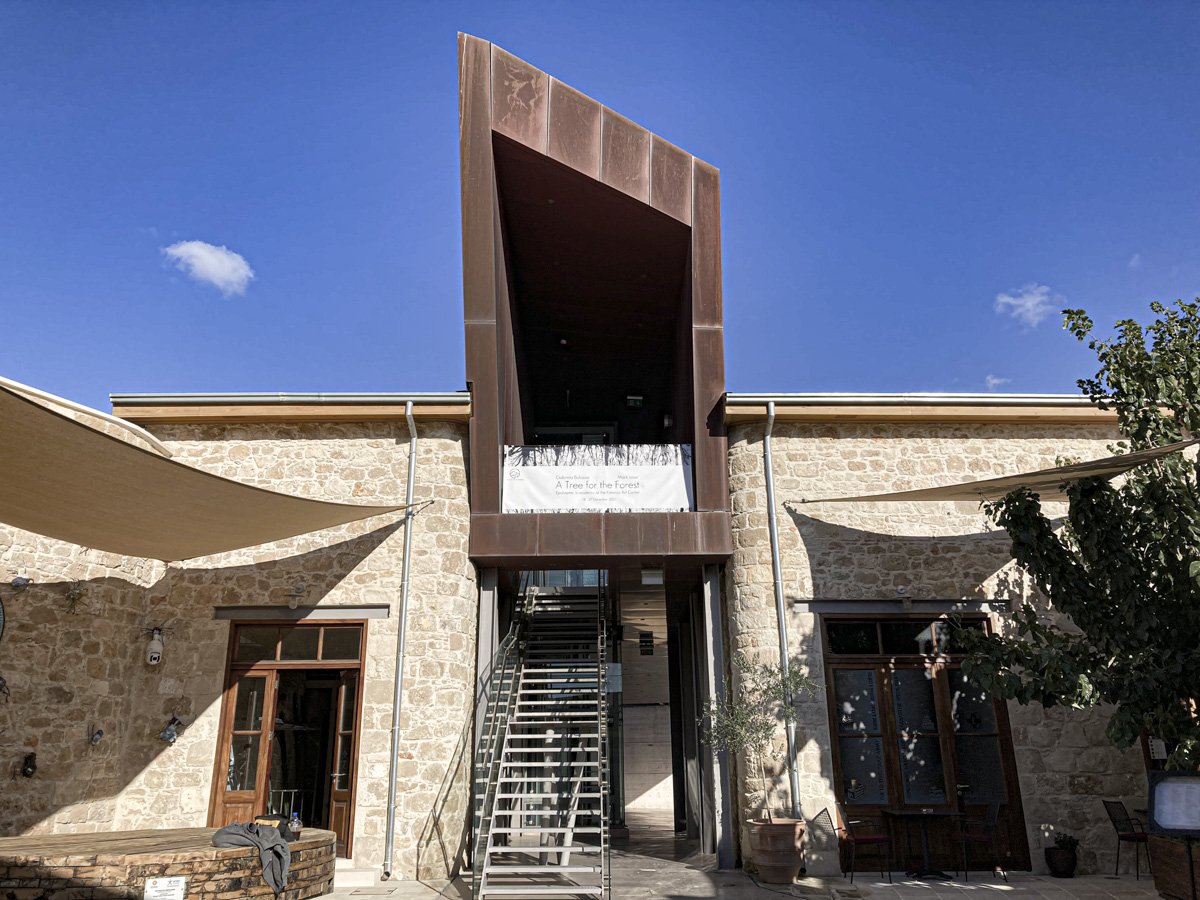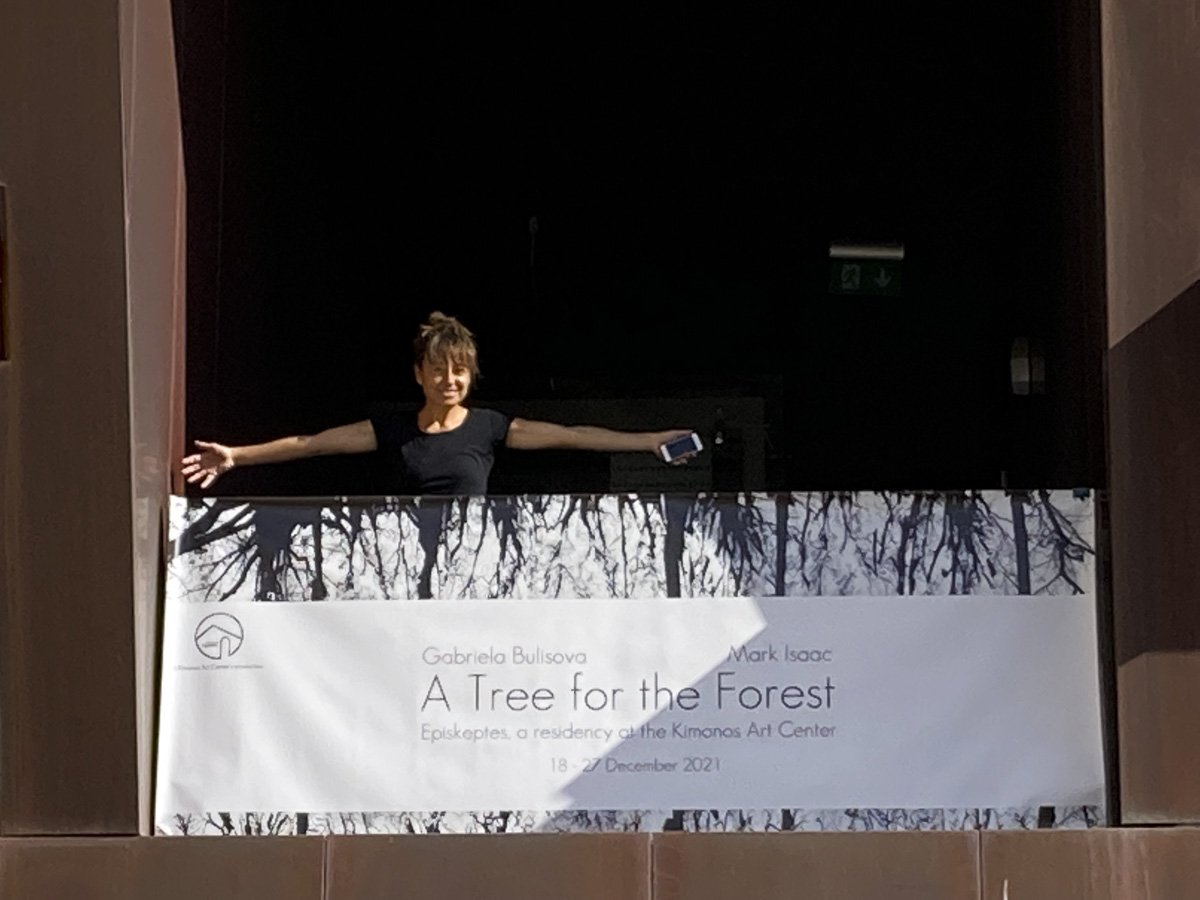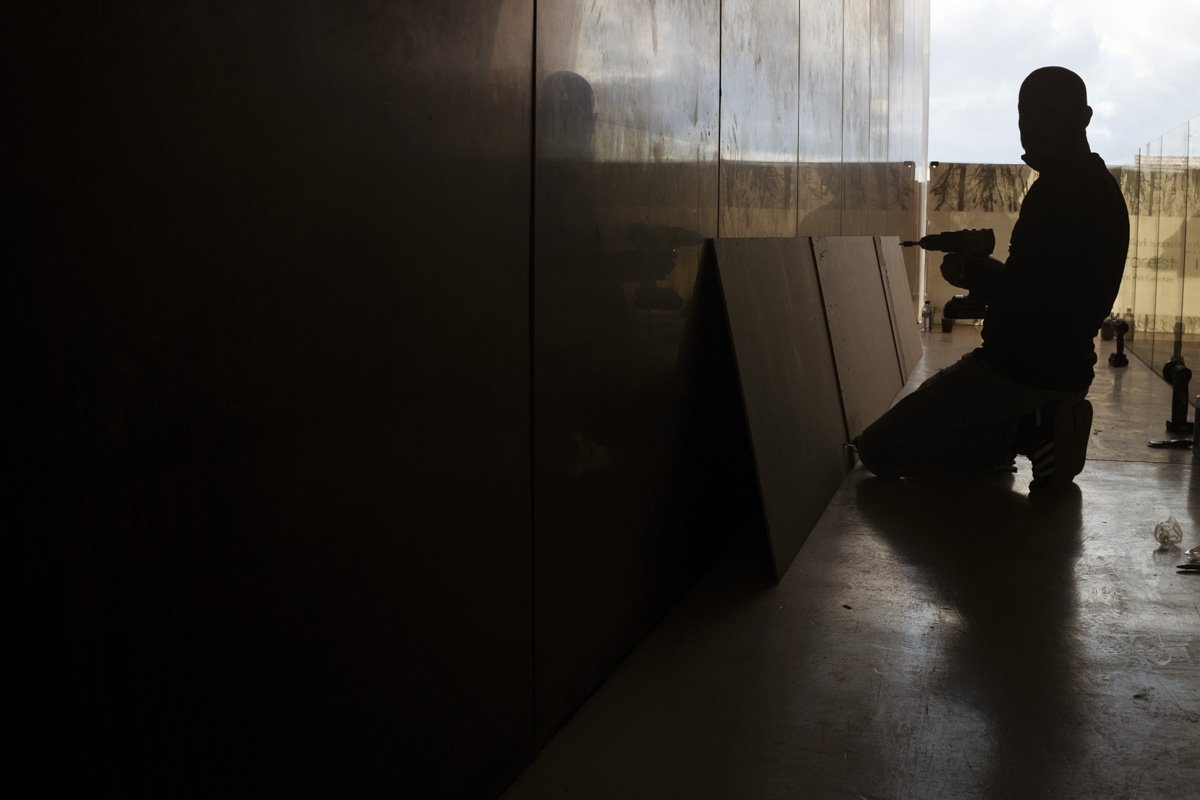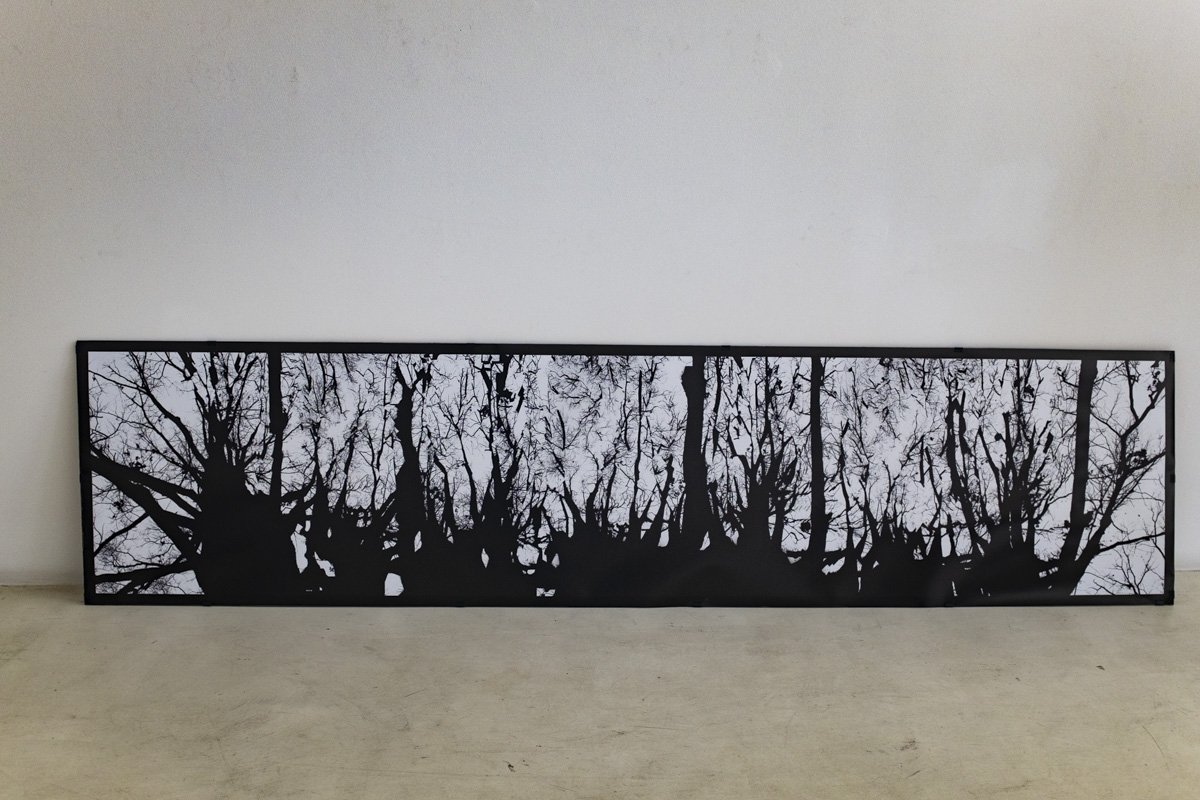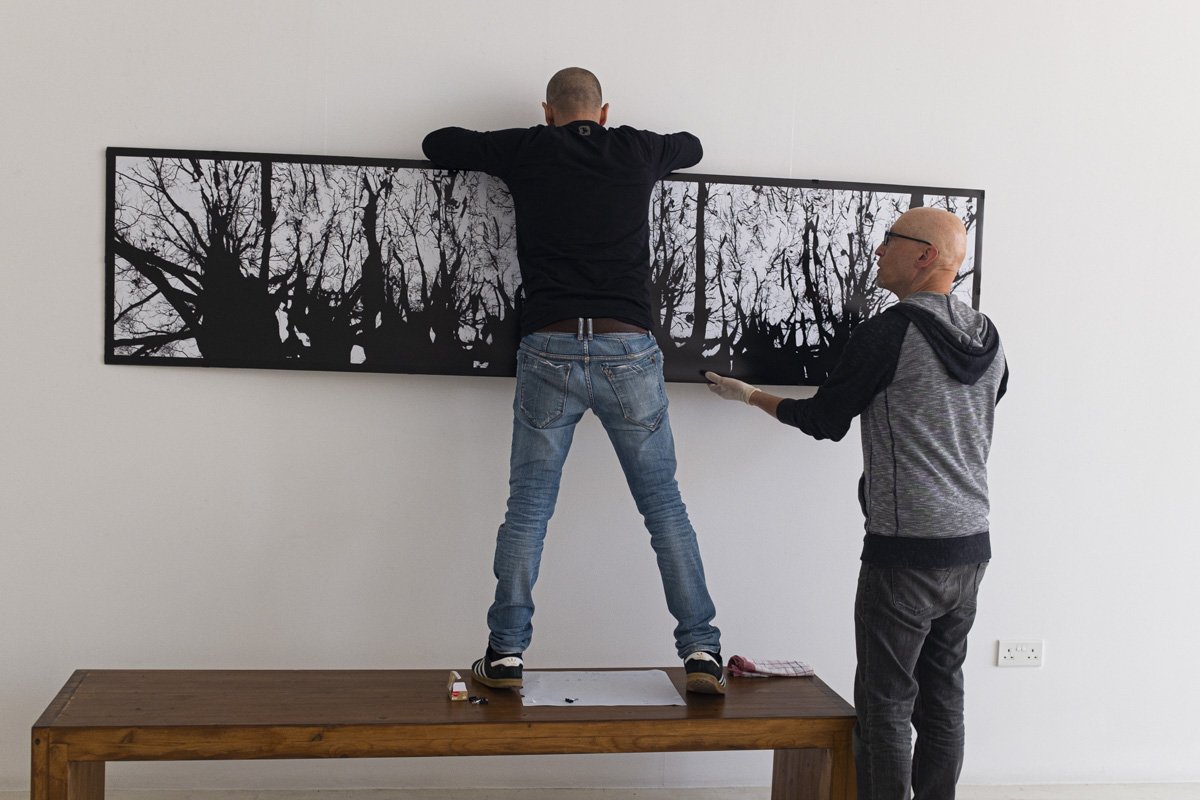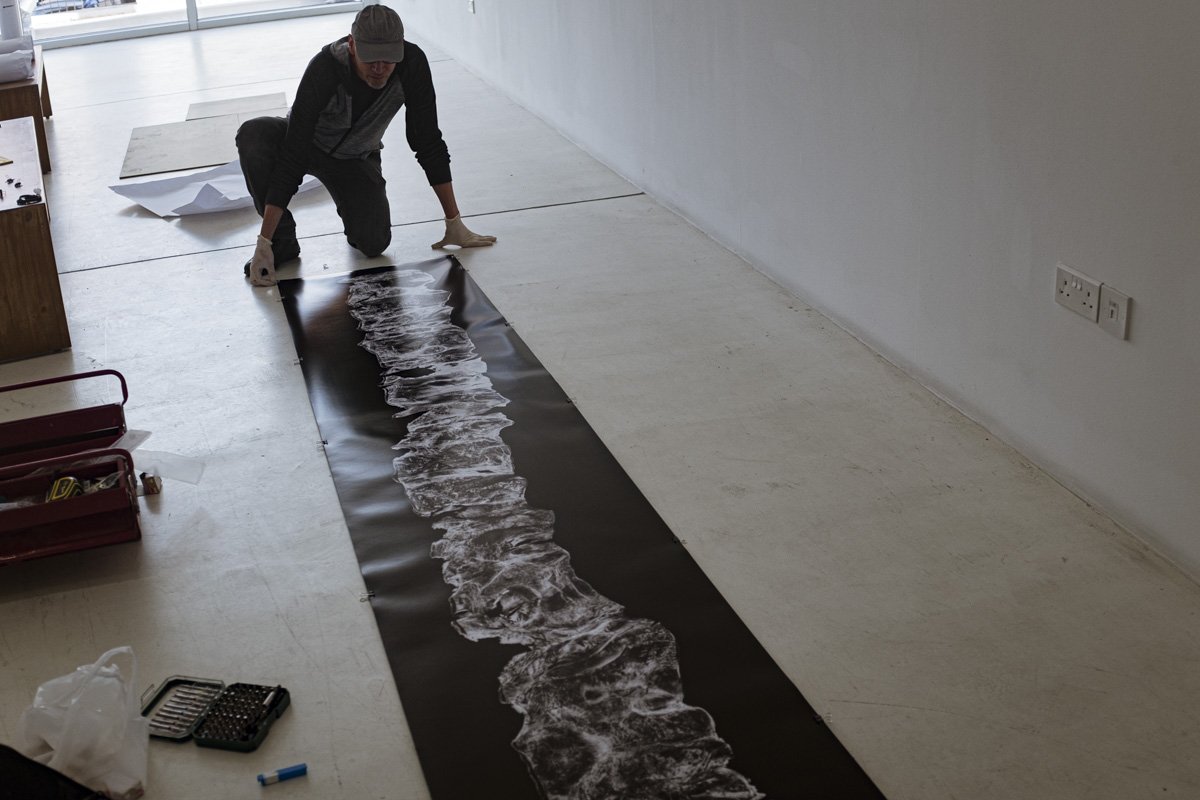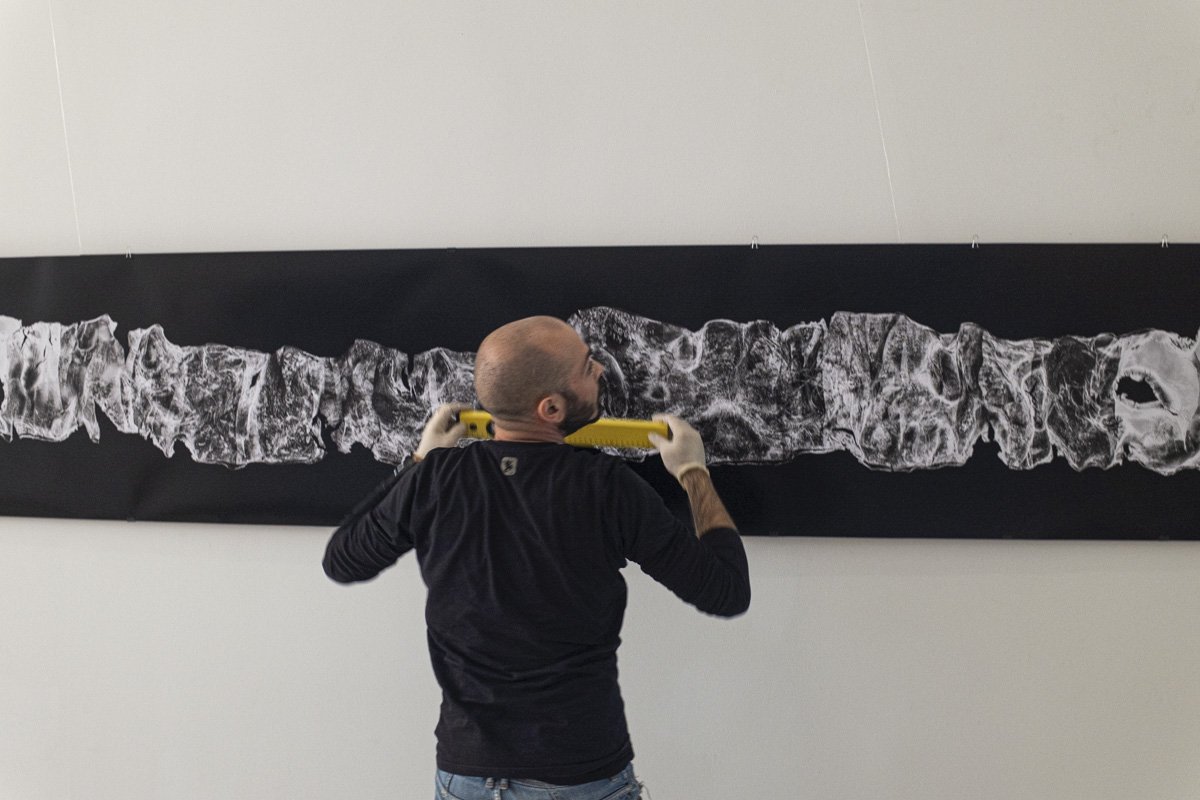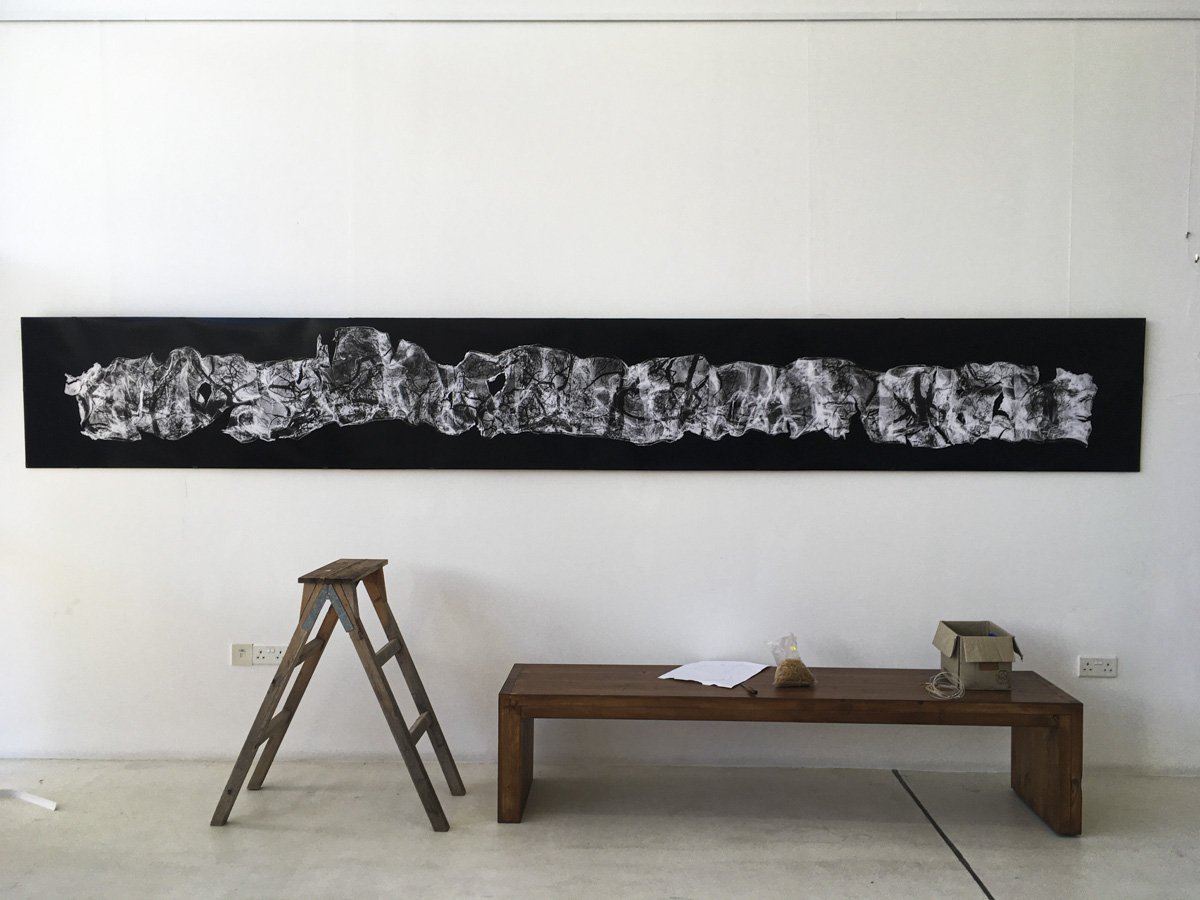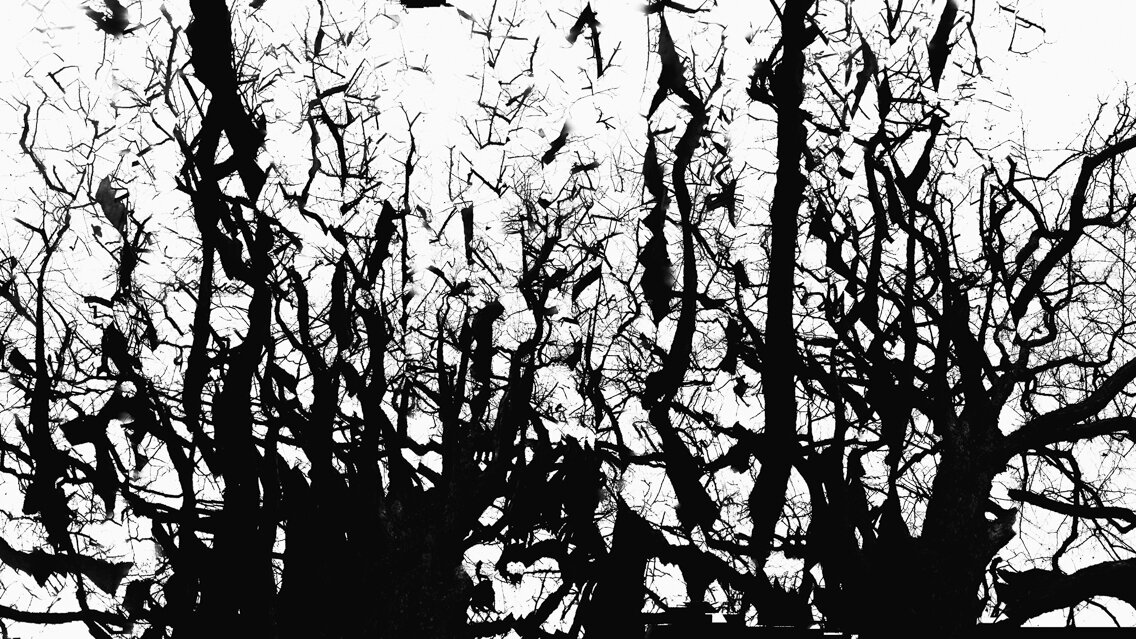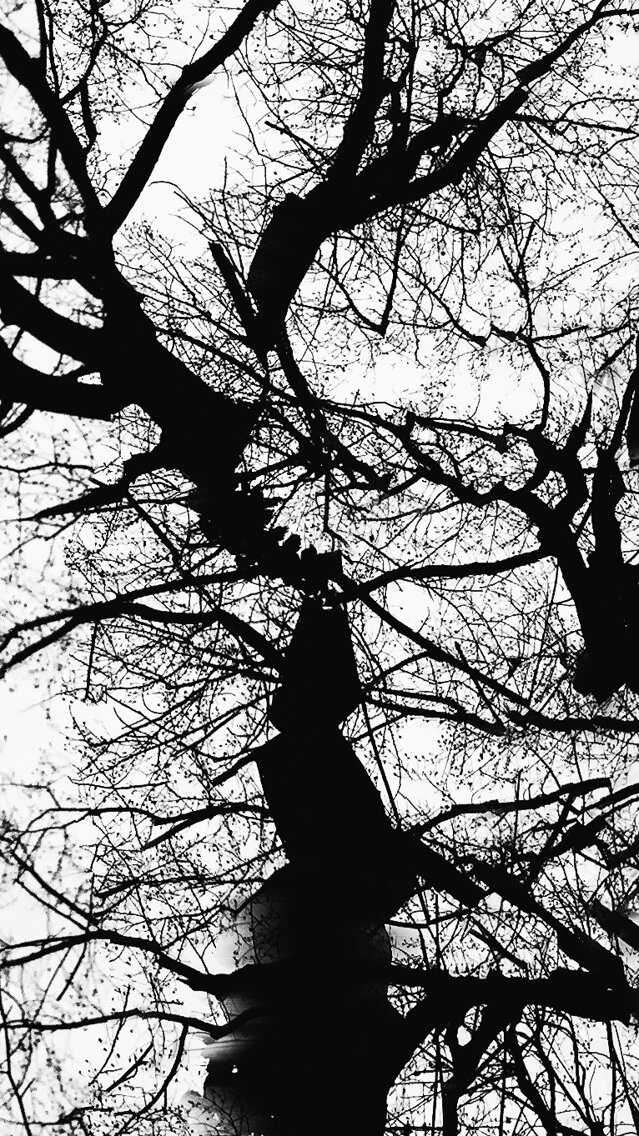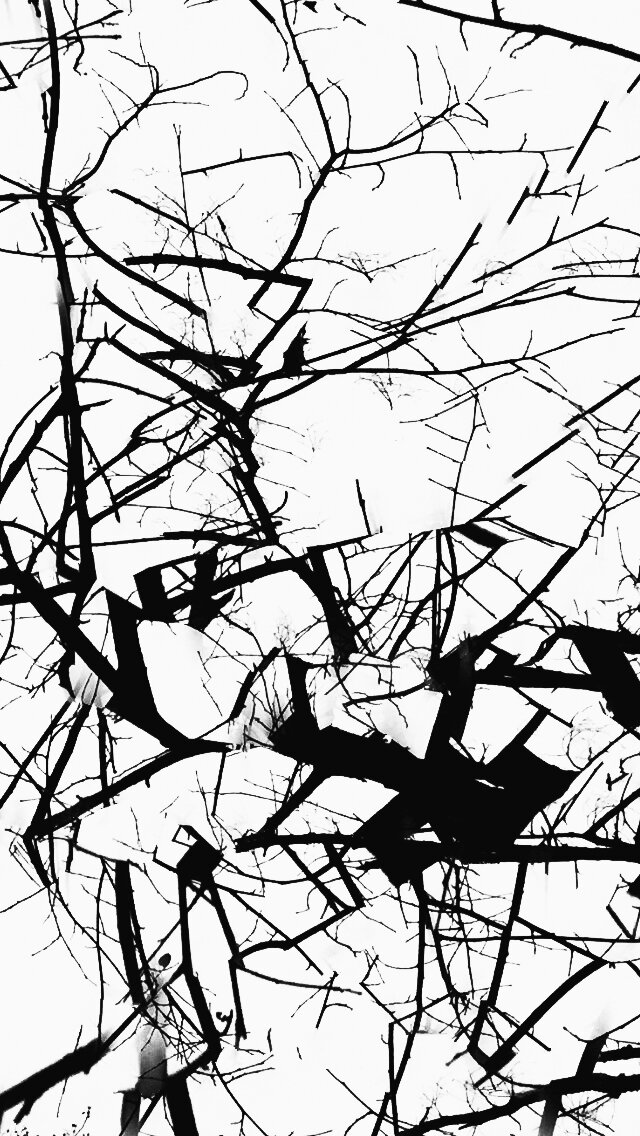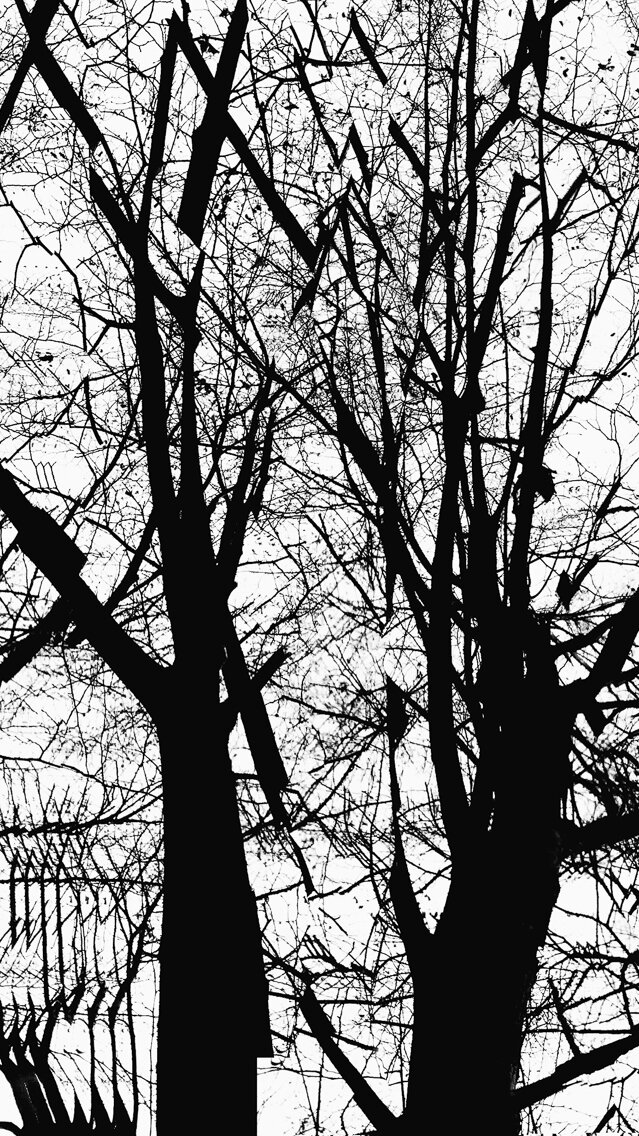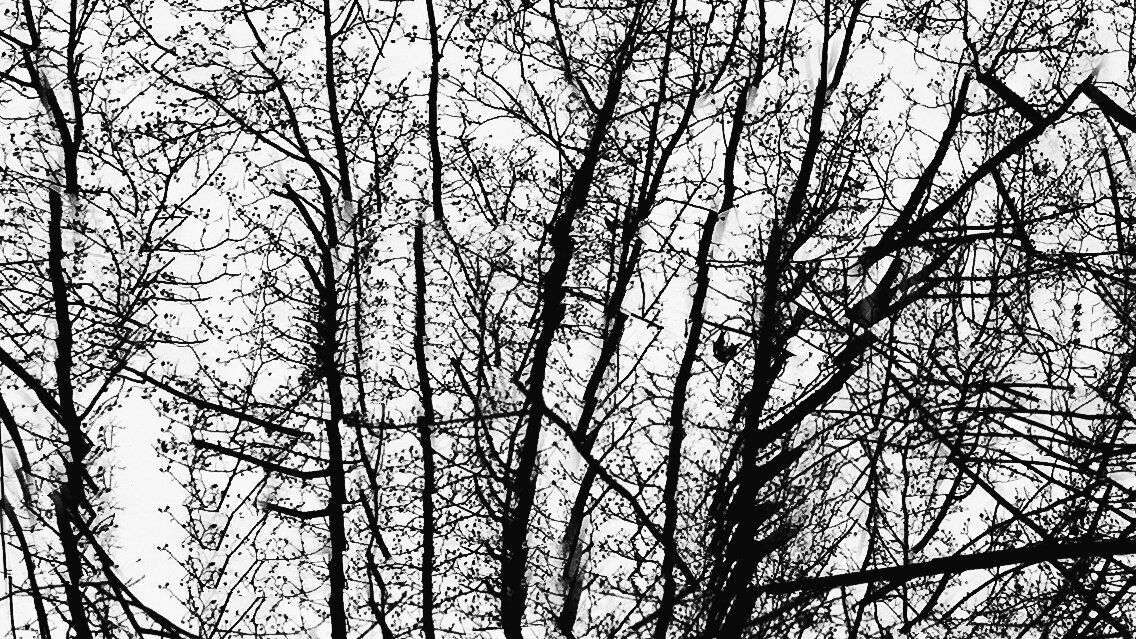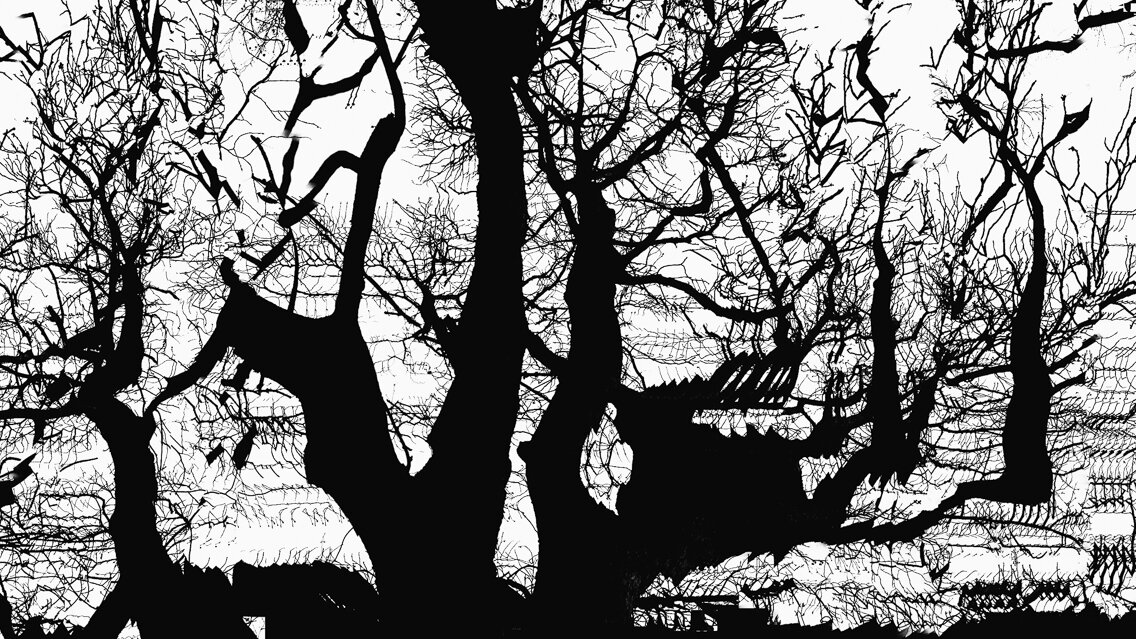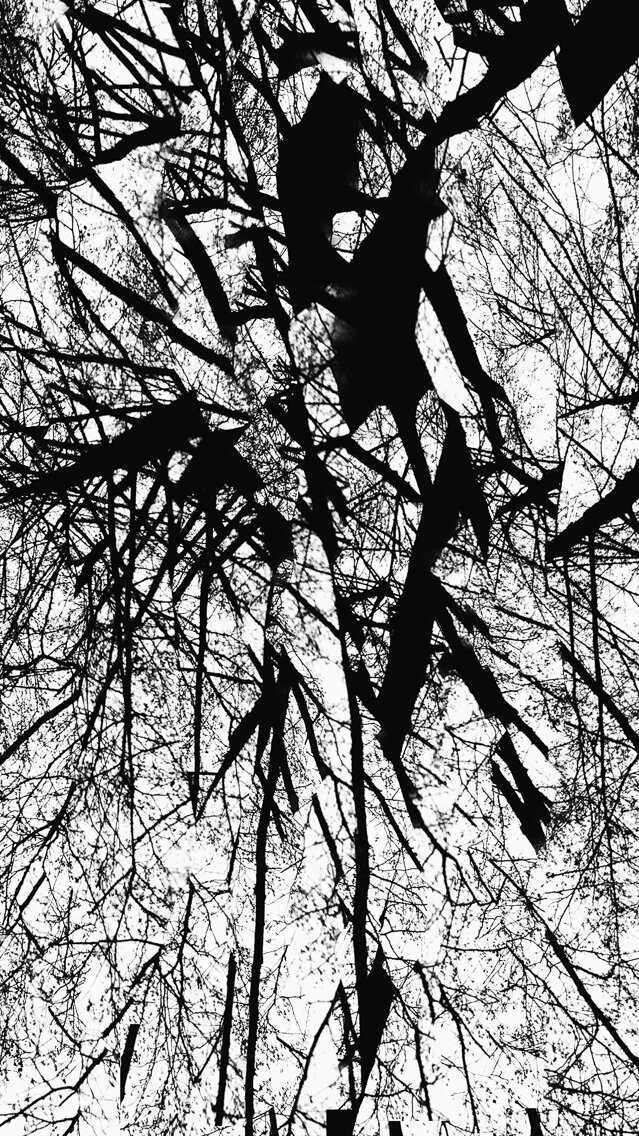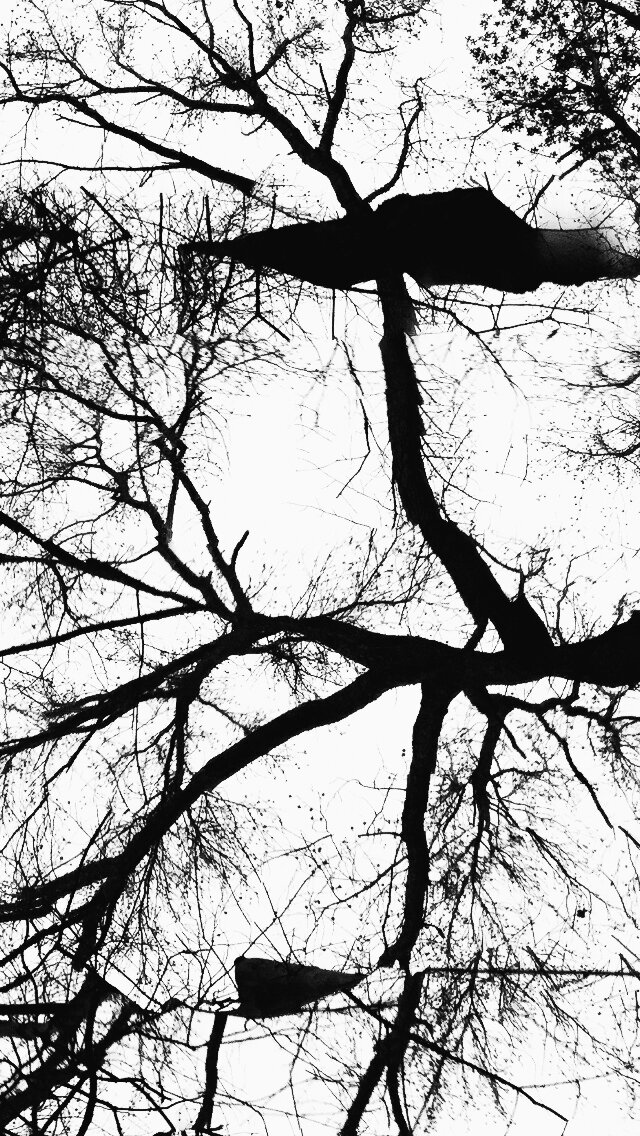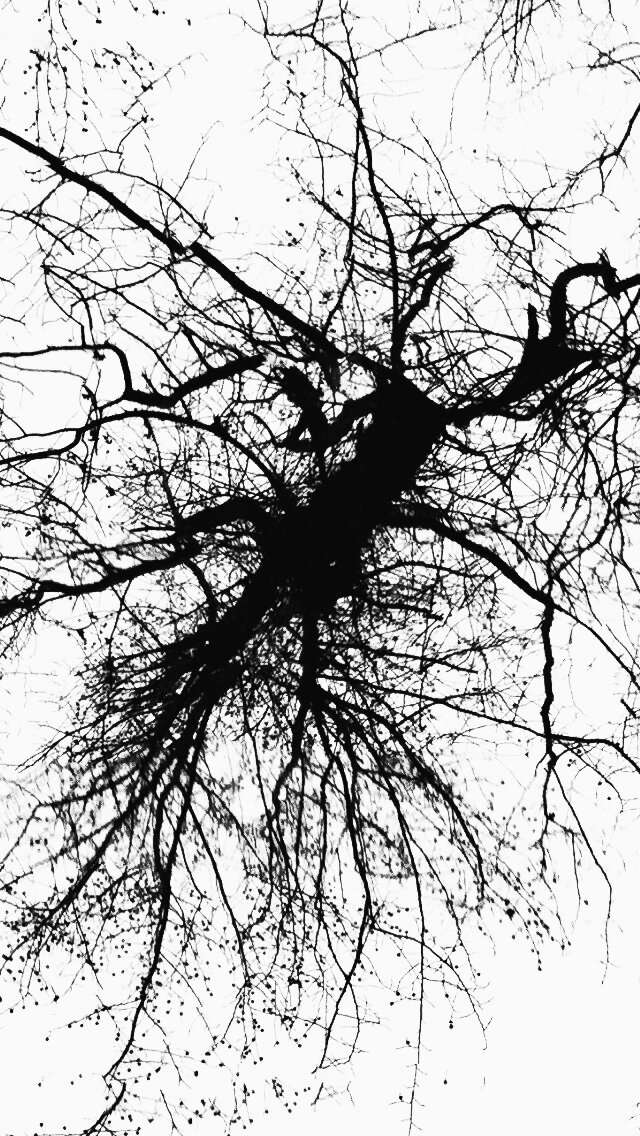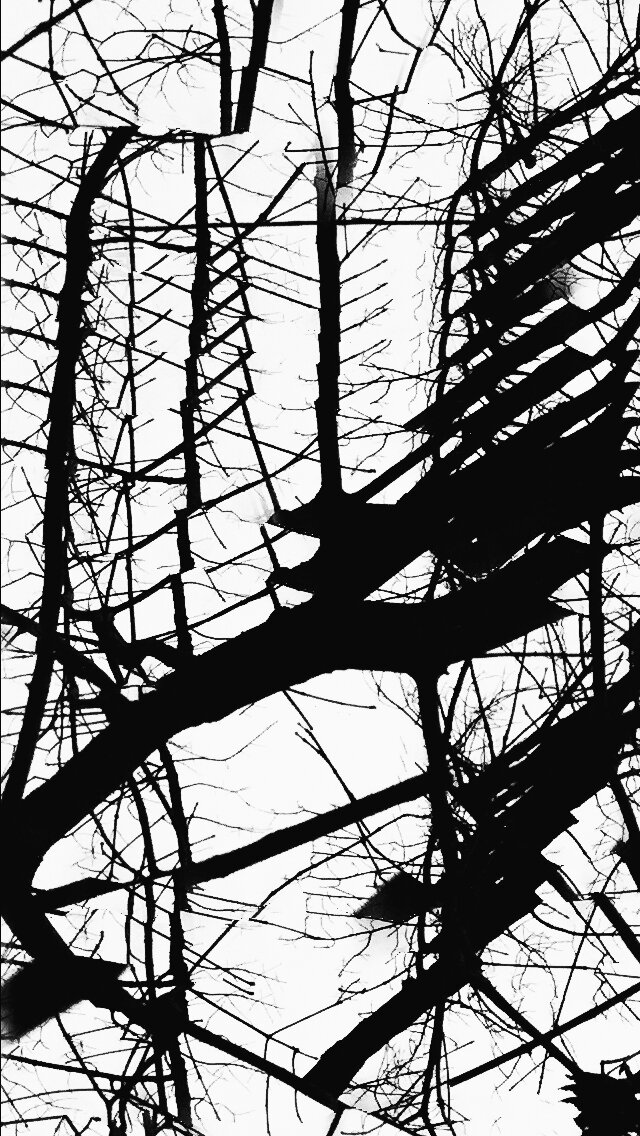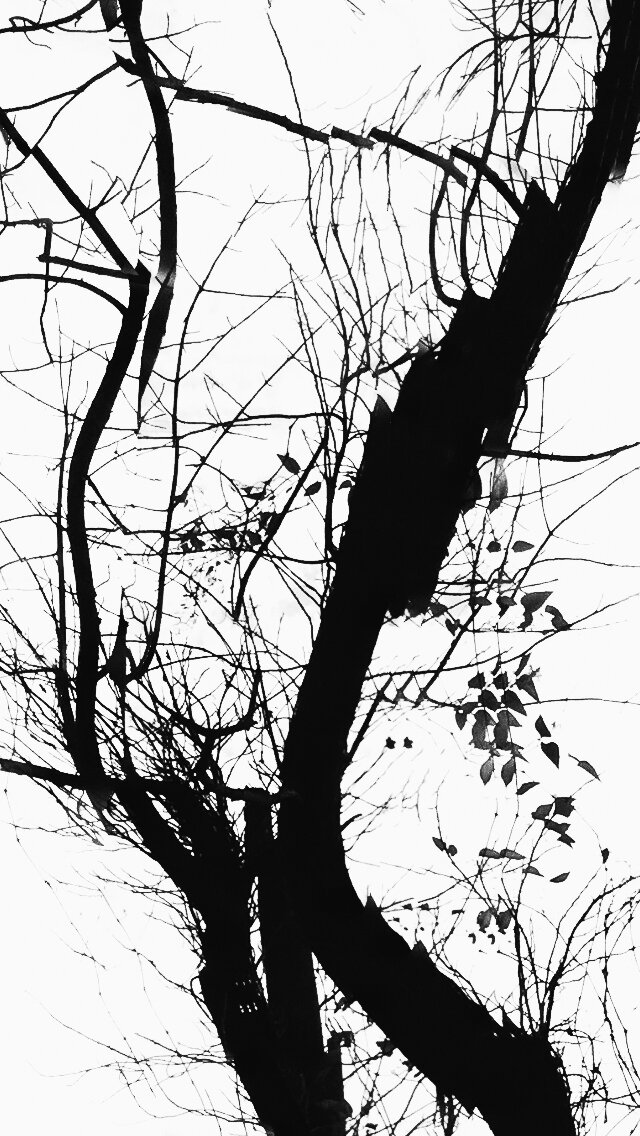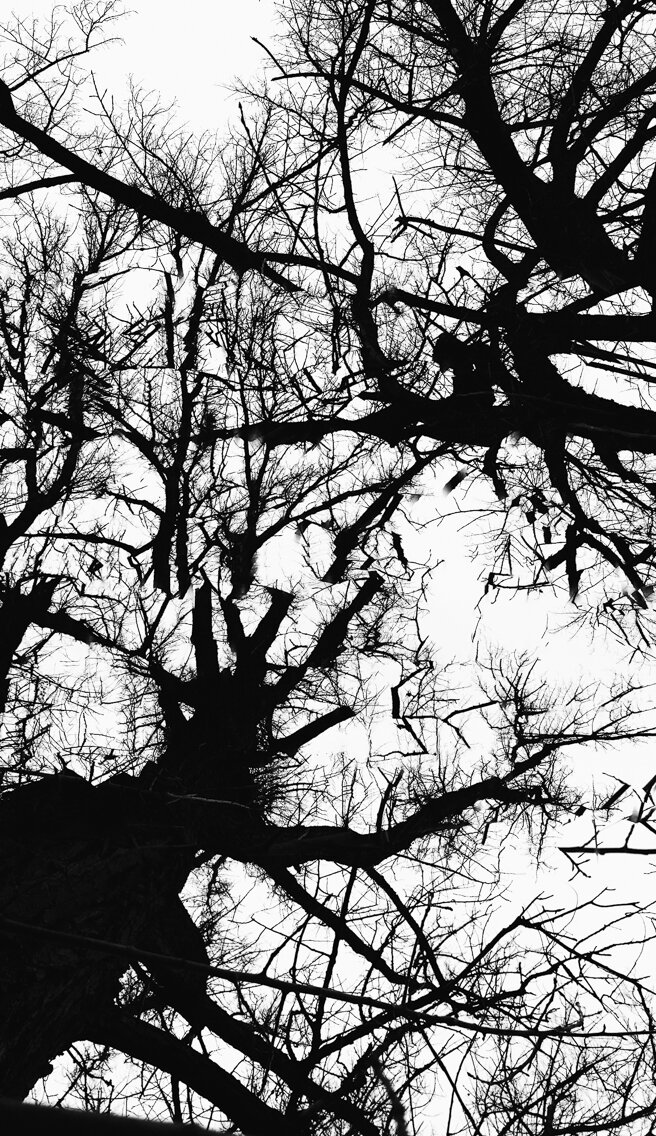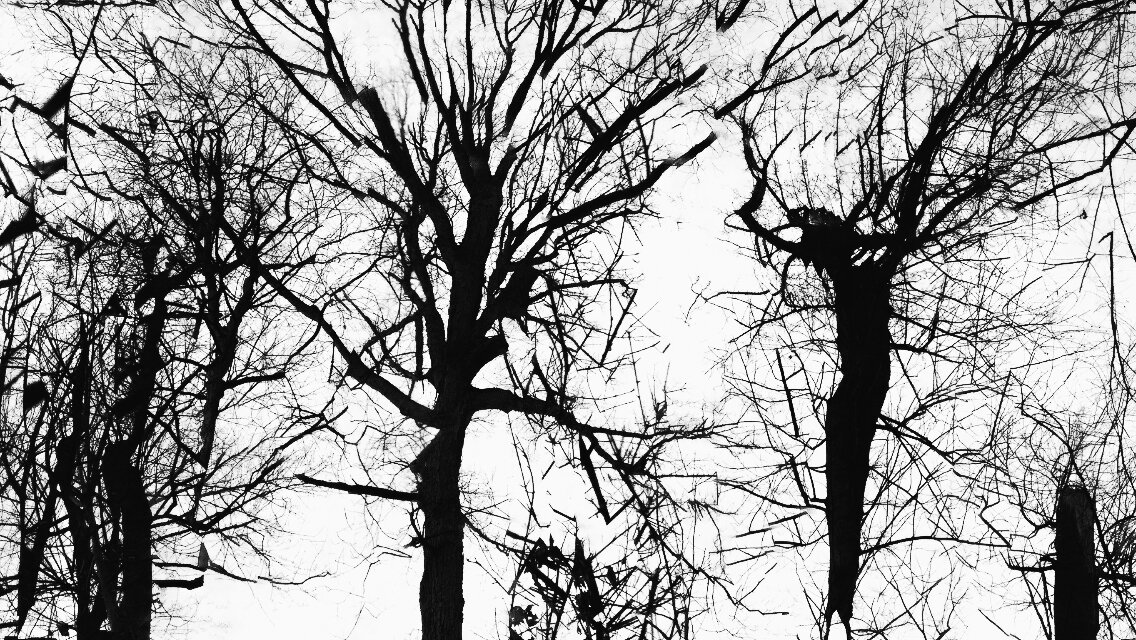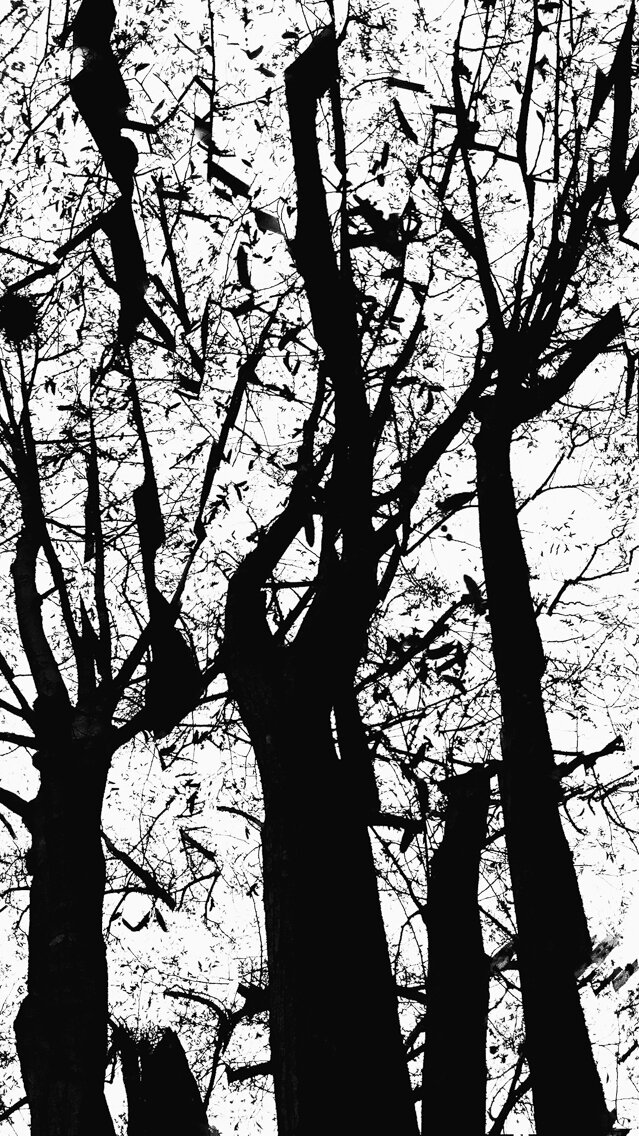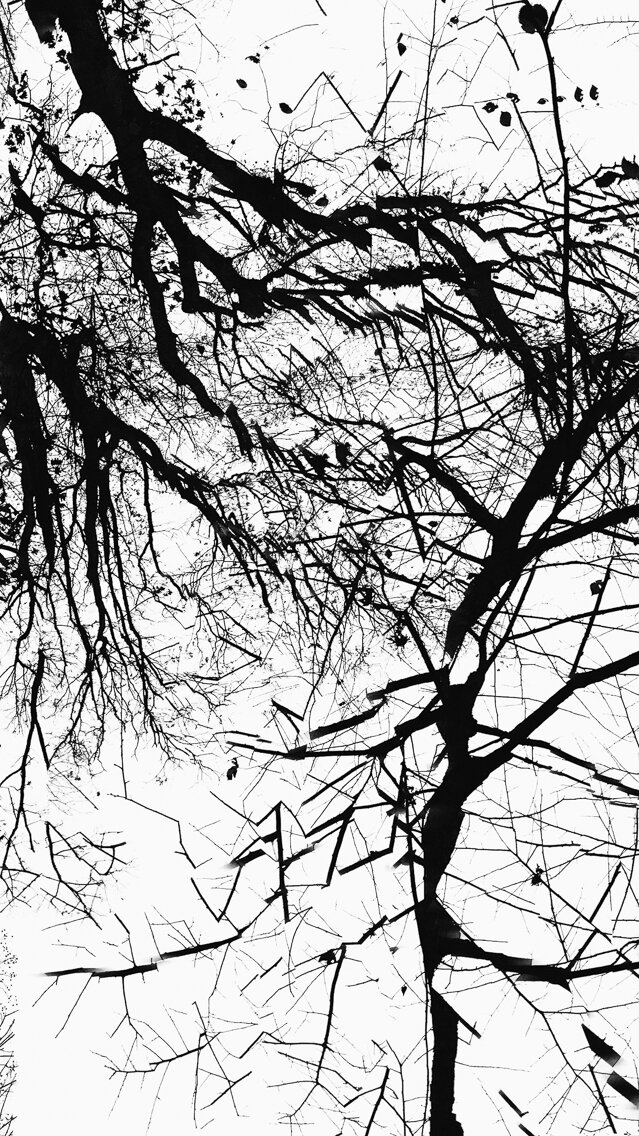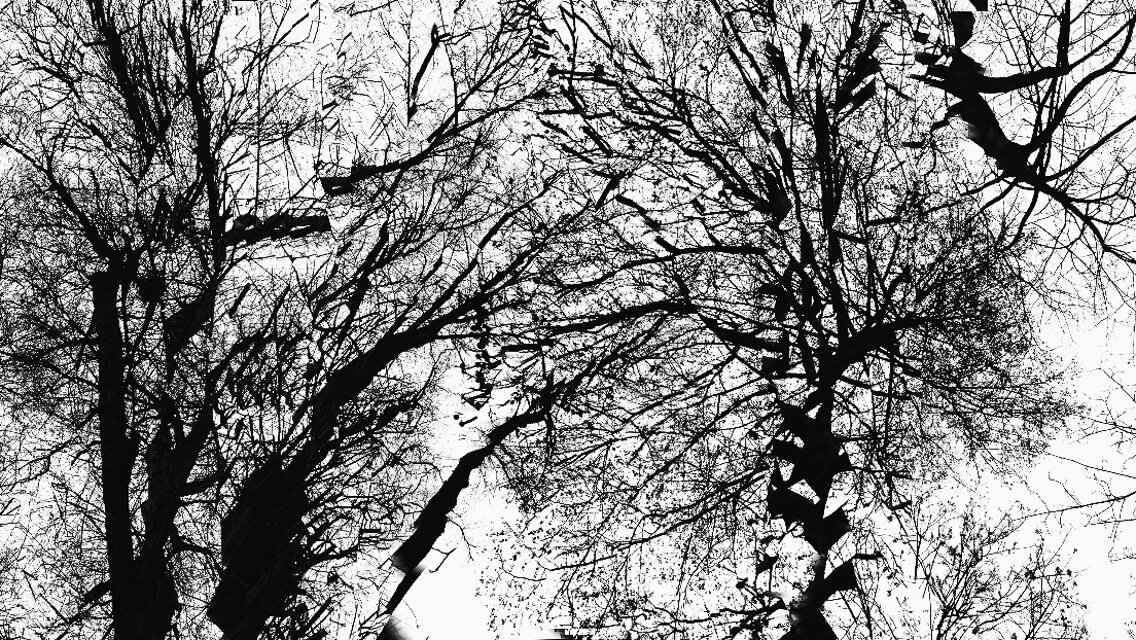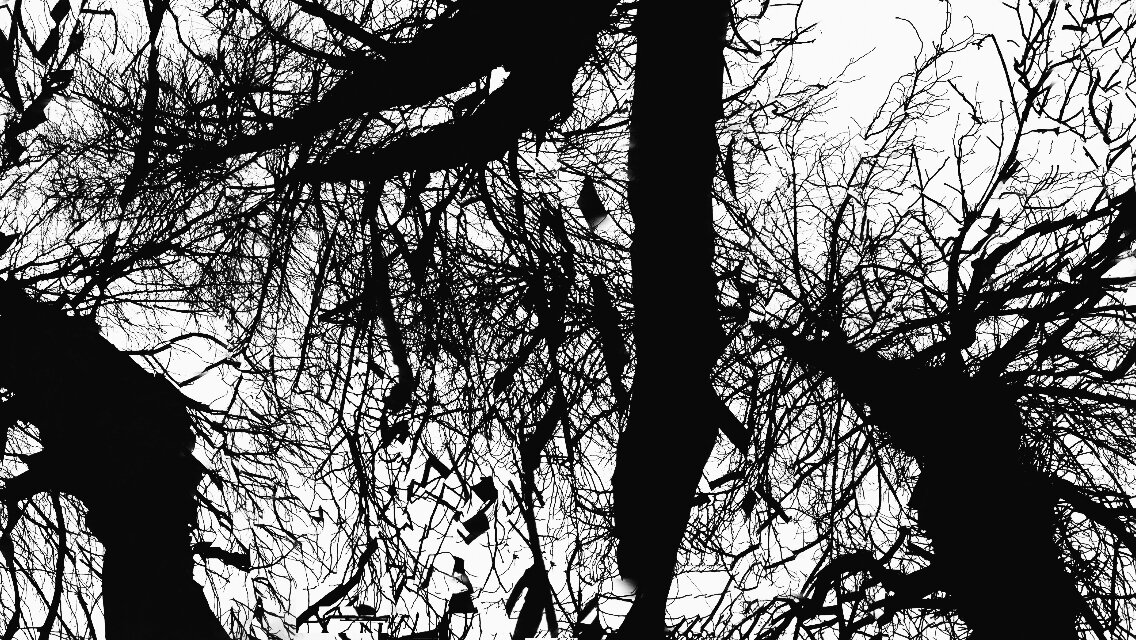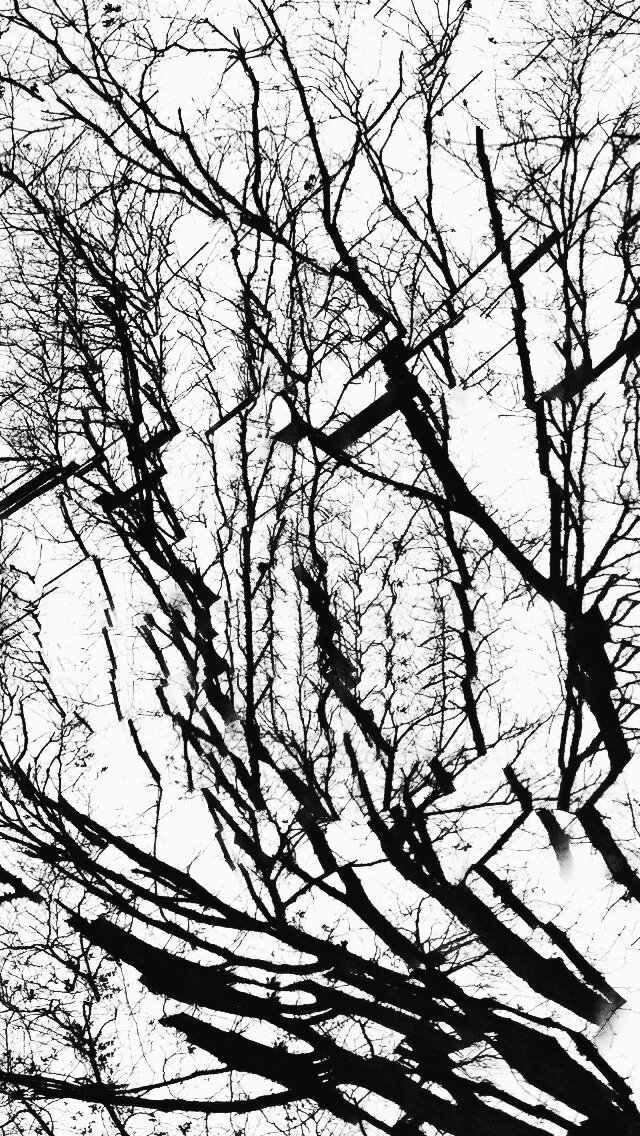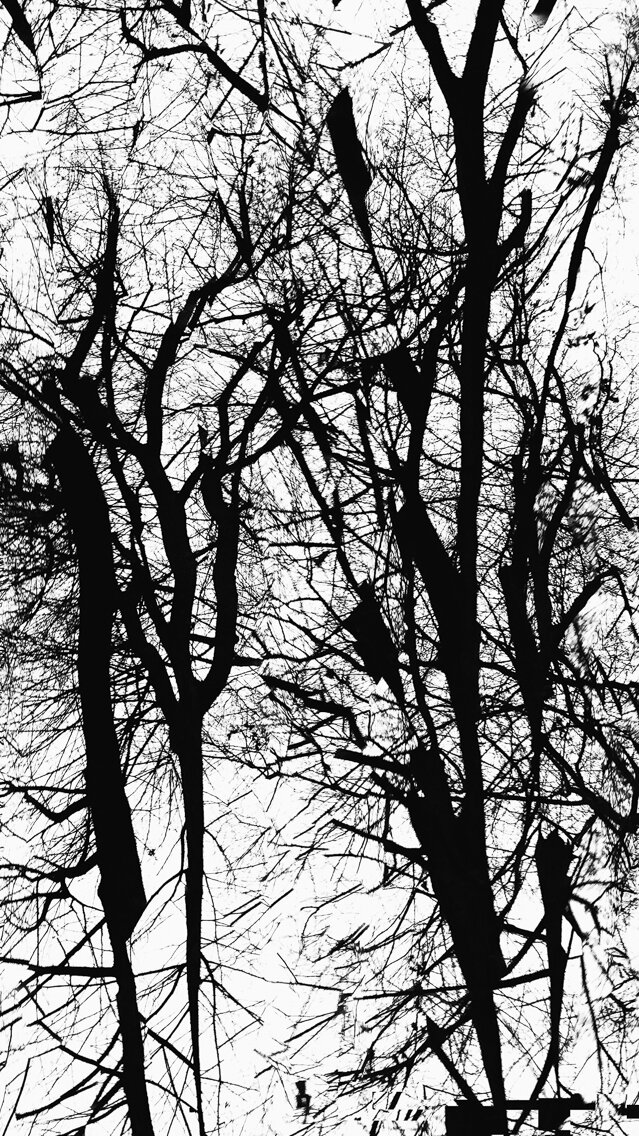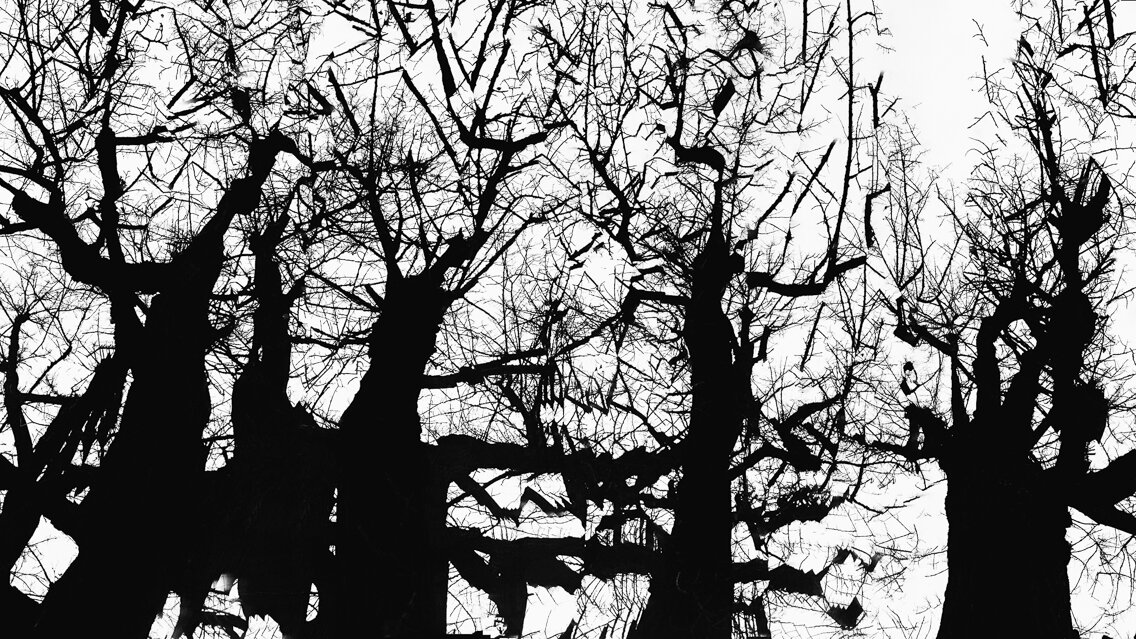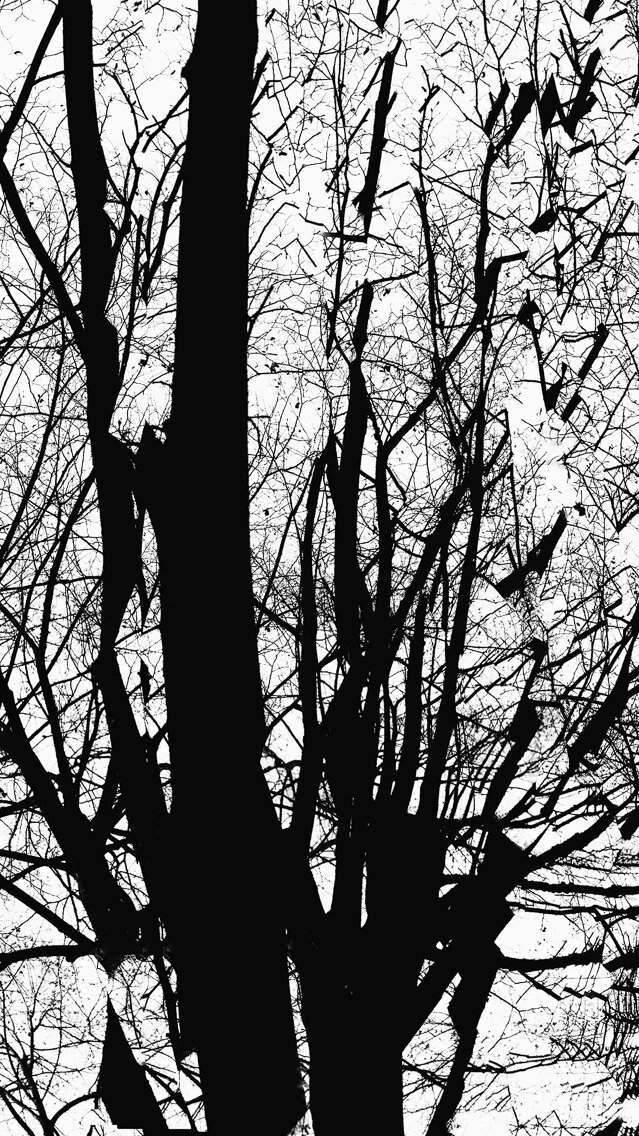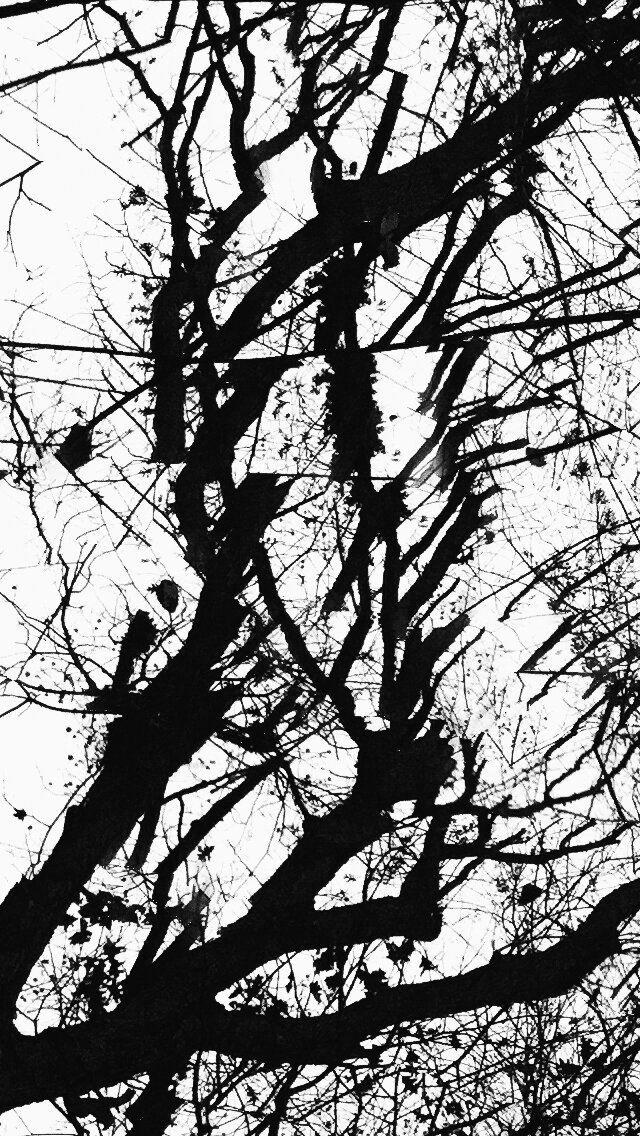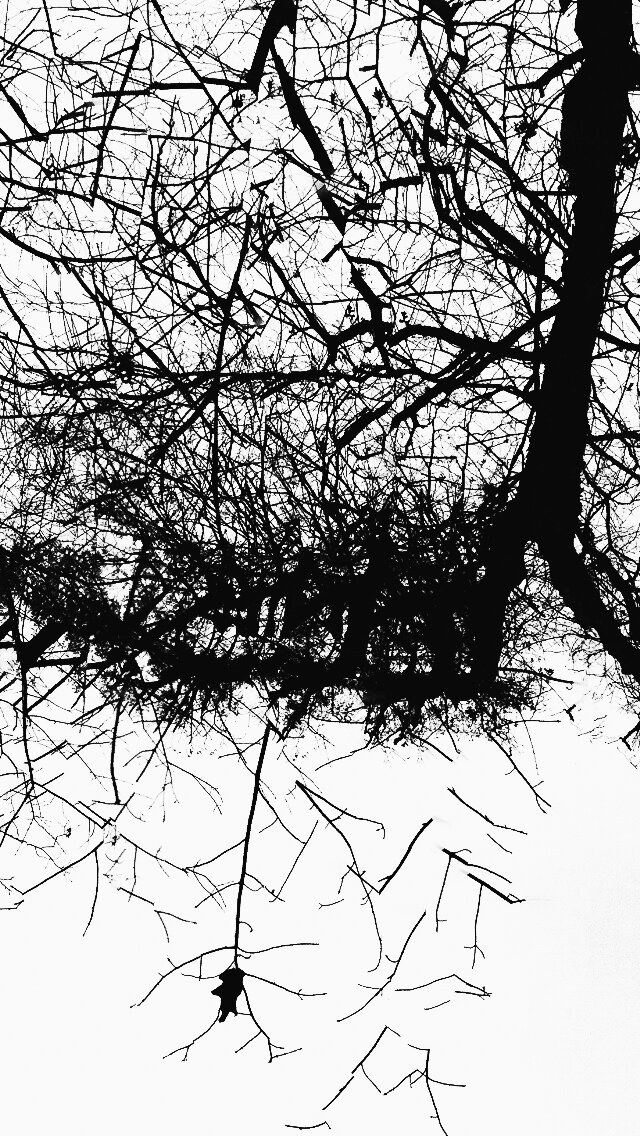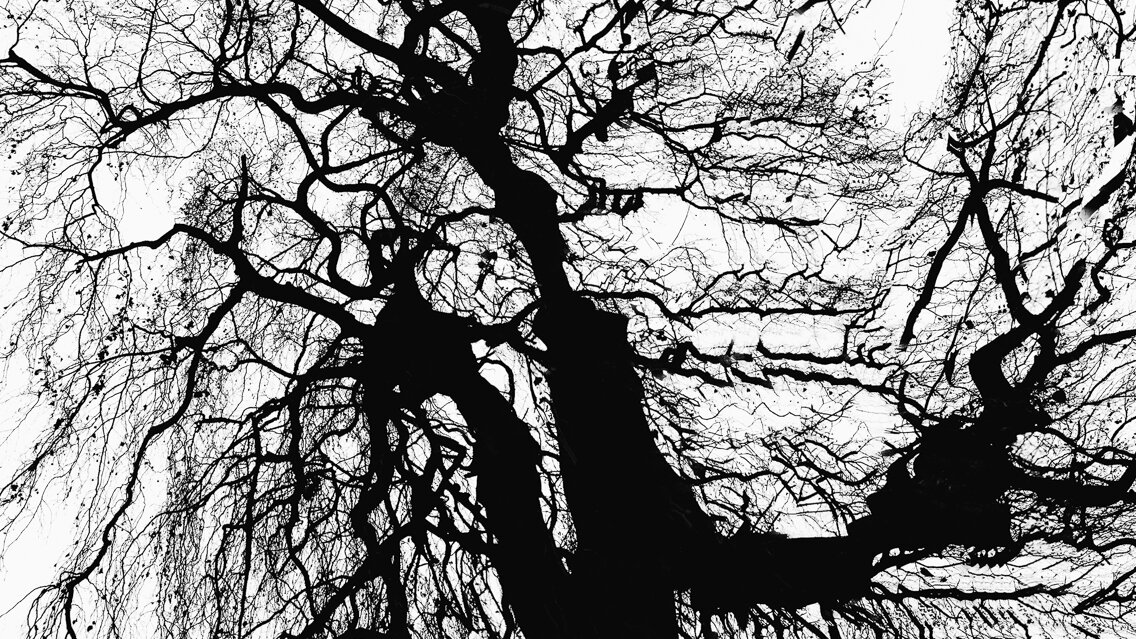The installation of A Tree for the Forest, the new exhibition by Atlantika Collective members Gabriela Bulisova and Mark Isaac, has now begun at the Municipal Gallery at Ibrahim’s Khan in Pafos, Cyprus. It was an occasion for exhilaration, nervousness, hard work and considerable coffee consumption. It was also a moment to fully acknowledge the creative vision of curator Yiannis Sakellis, whose strategy for hanging the exhibition proved to be an excellent one.
In this exhibition, the artists focus on the role of trees in the climate crisis. The work is simultaneously despairing and hopeful. It zeroes in on the tragic loss of forested areas to wildfires in recent years, but it also takes careful note of the new scientific discovery that trees communicate extensively with each other in underground networks, sending nutrients and warning of danger. “Mother trees” also provide essential support for younger trees in their vicinity. This discovery offers the promise that we can better protect our forests, which have the potential to substantially reduce greenhouse gasses in the atmosphere.
The main photographs by both artists are wide panoramas. Gabriela’s works are all more than 4.5 meters in length (that’s almost 15 feet stateside), and one reaches to 4.7 meters, or almost 15.5 feet. This easily surpasses the widest print that either artist has ever made. And the artists are interested in inquiring of other photographers who may see this post whether they have ever printed this wide, or know of someone who has? Mark’s works are not shabby in the length department either, reaching beyond 2.5 meters despite their origins on cell phones.
Curator Yiannis Sakellis devised an ingenious method of hanging the works that involves panels of board joined together in one long strip. The long scrolls are then clipped to the panels and hoisted onto the walls of the gallery. A total of three large works were hung today, with the rest of the 10 images slated for hanging tomorrow.
The exhibition also includes a multi-channel video installation, titled Mother Trees, that will be presented in a novel manner. Several video monitors will be placed flat on a table and will be viewed from above. The video includes images of trees that were captured in Prague and Paphos. It also includes original music and found sounds of communication, including sounds that were recorded as part of the Conet Project. The Conet Project is a famous set of recordings of shortwave radio broadcasts that contain instructions to espionage operatives around the world.
Finally, the exhibition will include an installation of objects found at the scene of wildfires in the vicinity of Paphos, including Tala, Lemona, and Psathi. The found objects include almonds, olives, pomegranates and tree branches that were burned in the fires. It also includes tree sap that oozed out of trees when they were exposed to high temperatures.
In their statement to accompany the exhibition, the artists note that Cyprus is a hotspot in the accelerating climate crisis. It is among the parts of the world that are increasing most rapidly in temperature, and it experienced the worst wildfire in its history this year.
They also explain that the title of the exhibition, A Tree for the Forest, is intended to emphasize the agency of each individual in responding to the crisis. In fact, the artists call on each person who encounters the exhibition to think of one additional action they can take to mitigate the climate crisis. “We can all stand tall, like a mother tree, connected to those around us, providing essential support for healthy forests and a healthy planet,” Bulisova and Isaac wrote.

